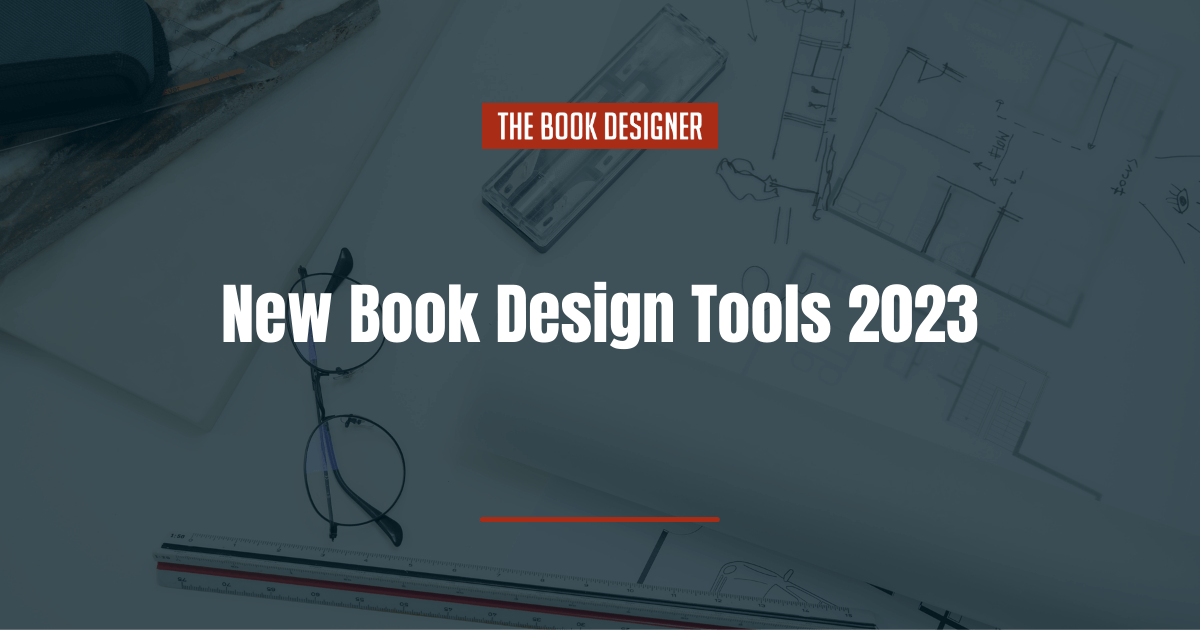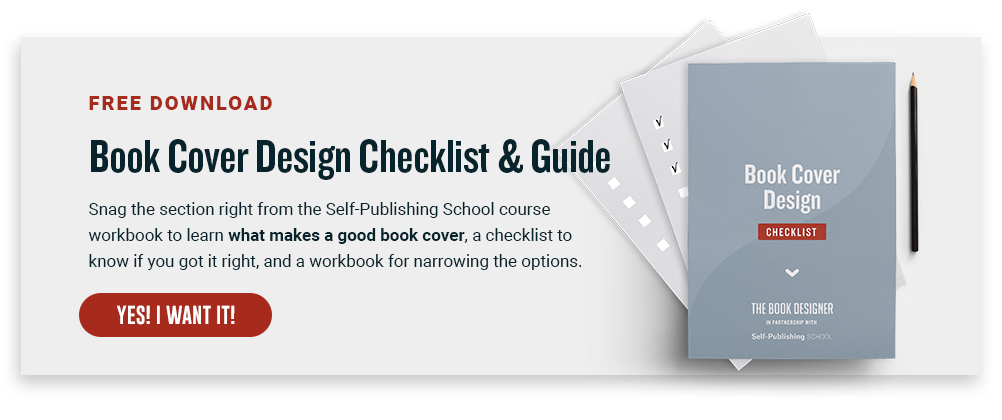If you have been on the hunt for new book design tools 2023, we are putting together some options for you to check out.
Some of them are the same trusted tools that most of us have known about before, but they have new additional parts of their offering, app, or service for you to check out.
Most of them are centered around artificial intelligence (AI), and even though that technology has been around for quite some time, we have seen an explosion of options for writers and authors.
We will be going over the basics of some of the tools options while then diving into specific tools and covering some various ways you could use them in your own book publishing journey.
With new book design tools becoming available all the time, here’s what you need to know:
Why Use New Book Writing Tools?
There are so many software options out there that can help authors write, edit, and publish their books.
Now, if you have some tools that you love and help you get things done, keep using them! There is no point in switching tools just because it’s the “new” thing to do.
Always, always just do what works for you.
However, if you are stuck in a rut and your usual tools do not seem to be doing the job anymore, it might be worth trying out some new book design tools to see if they can help you get your book ready to publish.
The Influence of AI
AI has been a big disruptor across a lot of industries over the past year or so, and publishing is no different. The advent of AI tools has created both opportunities and challenges in the publishing world. The recent WGA writers’ strike highlighted just how disruptive AI can be. That said, the new contract the WGA signed does curtail one aspect of AI-generated work: it cannot be used as source material for a film or TV show (or any other property the WGA works on). That means any book written by AI will be ineligible for a film deal.
While writing an entire book with AI is probably not something most authors would want to do anyway, AI can help you in a lot of other ways. It can assist with everything from putting your book together from designing a book cover to finding keywords to include in your Amazon description.
Feel free to outsource to AI things you do not enjoy doing when it comes to book publishing. Some of the tools below incorporate AI in various ways.
New Book Design Tools, 2023 Edition
Let’s take a look at some new, improved, and upcoming options authors should be aware of on their publishing journey. As mentioned, some of them will center around AI, but scroll through to see if there is one that grabs your attention the most.
1. Midjourney
While AI tools have been on the rise for years, this year Midjourney really took off as a tool that people can use to create unique and stunning images.
If you were wondering about using the images for copyright, as of the time of writing this article the US Copyright Office declared that AI-created images cannot be copyrighted. That may or may not change how you choose (or choose to not) use these types of images.
You might not choose to use any of the AI-generated art on your book cover or inside of your book, but it can help you imagine various ideas based on your genre and plot for ones you could create.
Take the time to think about how you could even use AI images to help you bring a character to life to visually see them or a world you are creating, without even having to publish it in your book.
For example, you could create an entire mood board as inspiration to constantly refer to as you write your book.
2. ChatGPT
We’re taking some liberties with the term “book design” with this one, but ChatGPT has a variety of uses that are relevant to authors, both in terms of designing your book cover or interior as well as for writing and editing.
Now, we’re not saying you should use ChatGPT to write your entire book (although some people are using it for that purpose), what you could do is use it to help guide you when you have roadblocks. On the design end of things, you can use it for things like figuring out which typeface to use, asking it for book cover ideas, or even getting it to give you prompts for Midjourney or Dall-E.
On the writing side, another creative idea is to use it to compare your book plot against what it would come up with when it comes to your storyline. It might help you spark creativity, think of new angles, or see if you can “outsmart the robots” with your own unique plot.
3. Adobe Express
Adobe Express is a free online design tool that can be used for book covers and more. You can start from scratch or use one of their many book cover templates. You can also use it for creating social media images to promote your book.
If you’ve ever used an Adobe app, then getting up to speed with Adobe Express won’t take long. Even those who are new to the Adobe ecosystem should be able to start designing without a huge learning curve. Start with a template, then customize it with stock images and graphics, or import your own.
4. Visme
Visme offers a book cover design tool similar to Adobe Express’s. Start out with a template or begin your design from scratch. One of the features I like most about Visme is that they have built-in color palettes you can work with, while also empowering you to create your own palettes.
Their tools are simple and were created for those without a design background, enabling self-published authors to create their own covers (or at least to create a mockup they can then hire a professional designer to perfect).
5. Vellum
Vellum is book formatting software that works for both print and ebooks. There are two licenses available: one exclusively for ebooks that is currently $199.99 and one for both print and ebooks that’s $249.99. The cool thing is that you can download Vellum and get started for free, and then just purchase the license when you’re ready to publish your book. It’s a great model, since you can try it out and make sure it suits your needs before shelling out any cash.
Vellum offers a variety of styles you can apply to your book to suit your particular writing tone and genre. All you have to do to get started (once you’ve downloaded the app) is import your manuscript and Vellum will create all of the relevant pages and sections for you.
6. Atticus
Atticus is another book formatting software aimed at self-published authors who are looking to do their own book design, though it’s also powerful enough for professional designers. Their licensing is simple, a single fee of $147 gets you both print and ebook publishing options.
There are multiple templates you can choose from to style your book, or create your own from scratch. You can either opt to write your manuscript directly within Atticus or import your finished work. Then just apply your preferred styling and export for publishing.
Ready To Publish Your Book?
If you are ready to publish your book, you will want to check out our Publishing Package which helps give you all the basic you need to know to get it done.
The Publishing Package will give you 20+ of the top resources you would need to get your book out in the world and in the hands of readers.



